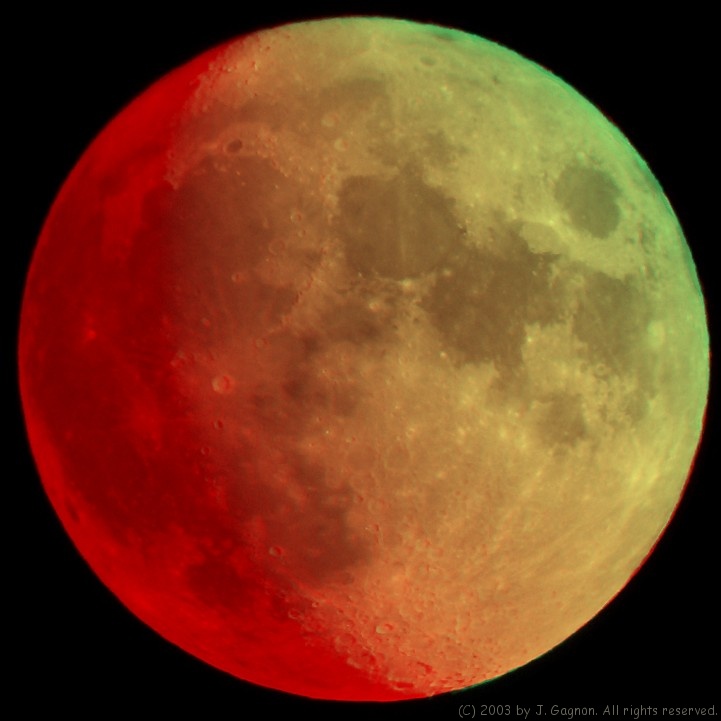Photography
Sky & Space Photos

"What do you see, Watson?", asked Sherlock, as the two men lay side by side upon the ground.
"I see thousands and thousands of stars."
"And what does that tell you?"
"It tells me that man is small and the universe is great.
And that there may be innumerable worlds out there with their own inhabitants marveling at the same expanse.
And that our humble world is only one tiny piece of all there is, and we should take care of it for it is all we've got."
But Sherlock was unmoved.
"Elementary, my dear Watson - someone stole our tent."
Infrared Photography

The infrared region is a vast expanse, most of which has not been well explored. If a digital camera is made without an IR-block filter, it can be used to take pictures in near infrared, where leaves shine like silver, clouds loom brightly against a dark sky, and many of our plastic items and textiles appear much paler than we see them as. Out around roughly ten times these wavelengths, we can take pictures that reveal temperature, since everything around us is glowing in thermal infrared at all times.
Ultraviolet Photography

Nature is full of organisms signalling each other in ultraviolet. Insects respond eagerly to these wavelengths, and most vertebrates see it as a fourth primary color. We mammals, including primates, are colorblind by comparison; in a tetrachromatic world, our trichromacy means we miss out on some really fascinating - and beautiful - sights. Luckily, specially designed cameras can reveal what our eyes fail to perceive.